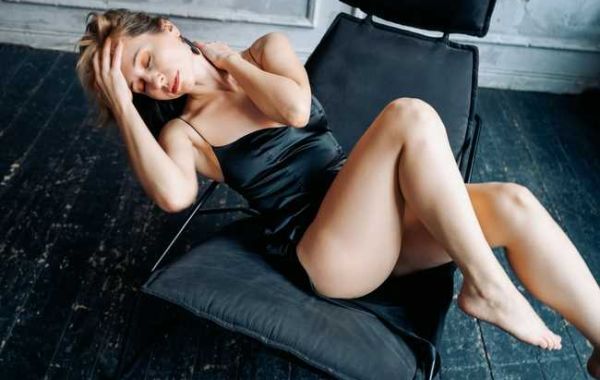In the modern healthcare landscape, the exchange of data is a linchpin that holds the system together. Health Level Seven (HL7) integration plays a crucial role in facilitating seamless data exchange among disparate healthcare systems. This article delves into the significance, functions, and impact of HL7 integration in modern healthcare.
The Imperative for Data Exchange in Healthcare
Healthcare is a complex ecosystem, comprising various systems and applications like Electronic Health Records (EHRs), laboratory information systems, radiology departments, and billing systems. These systems often operate in silos, using different data formats and communication protocols. This fragmentation poses challenges to efficient data exchange, hindering healthcare professionals in delivering optimal care.
Understanding HL7 Integration
HL7 is a globally recognized set of standards designed to facilitate the exchange, integration, sharing, and retrieval of electronic health information. HL7 integration involves a series of protocols and methodologies that allow healthcare systems to communicate effectively. It serves as a bridge, ensuring that data flows seamlessly among different healthcare systems.
Key Functions of HL7 Integration
Data Transformation: HL7 integration excels at converting data from one format to another, ensuring that information is accurately interpreted by the receiving system.
Data Routing: Automation of data routing eliminates manual processes, reducing errors and ensuring data reaches the intended destinations.
Data Mapping: HL7 integration maps data elements from one system to another, ensuring that relevant information is captured and conveyed accurately.
Real-time Data Exchange: Many HL7 integration solutions support real-time data exchange, ensuring that healthcare providers have access to the most current patient information during clinical encounters.
Impact and Benefits of HL7 Integration
Enhanced Patient Care: HL7 integration ensures that healthcare providers have access to comprehensive and up-to-date patient information, leading to improved patient care and safety.
Streamlined Workflows: Automation of data exchange processes reduces administrative overhead, allowing healthcare professionals to allocate more time to patient care.
Cost Savings: Eliminating manual data entry and reducing data errors translate into cost savings for healthcare organizations.
Data Accuracy: HL7 integration enhances data accuracy, minimizing the risk of medical errors due to incorrect or incomplete information.
Challenges and Considerations
While HL7 integration offers significant benefits, healthcare organizations must address challenges such as interoperability with varying standards, data security, compliance with regulations like HIPAA, and resource allocation for implementation and maintenance.
In Conclusion
HL7 integration is the backbone of modern healthcare data exchange, enabling the seamless flow of information in an interconnected and data-driven healthcare environment. As healthcare continues to advance, the role of HL7 integration remains pivotal in delivering high-quality, patient-centric care. Embracing these advancements ensures that healthcare providers can fully leverage their data for the benefit of patients and the healthcare industry as a whole. HL7 integration is not just a tool; it's a vital component in delivering efficient and accurate healthcare services, ultimately improving patient outcomes and the overall healthcare experience.








